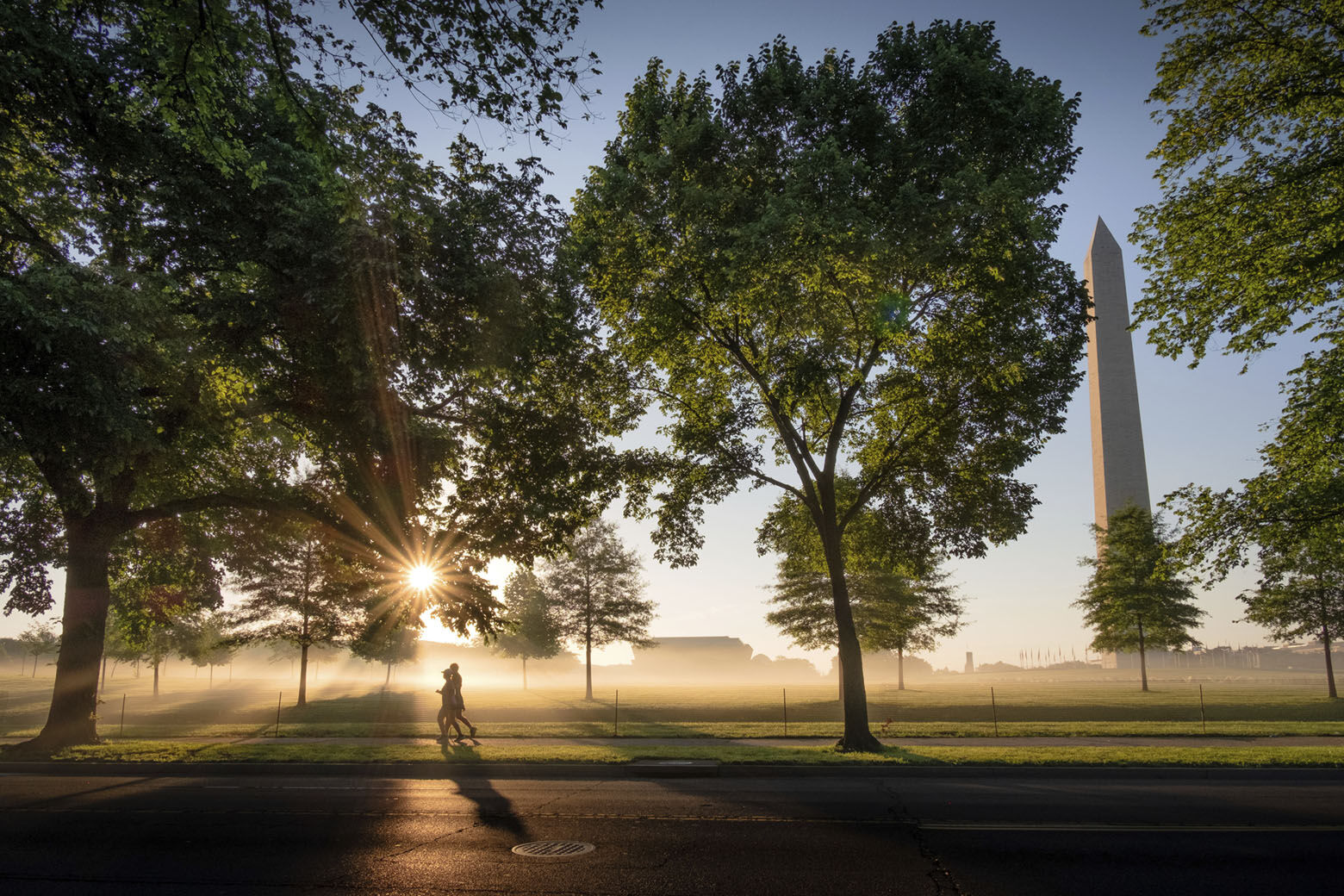
Whether it’s walking or biking, more people are enjoying time outdoors during the coronavirus pandemic, but some cities have done a better job at keeping the roads safe for pedestrians — and D.C. is one of them.
That’s according to a new report that takes a closer look at the pedestrian safety policies of the nation’s 40 largest cities.
Overall, nearly 75% of major U.S. cities now earn a gold medal for so-called “Complete Streets” policies, according to the report, which was published by the groups CityHealth and Smart Growth America. “Washington, D.C., is one of those,” said Shelley Hearne, CityHealth’s president.
Cities were rated on how their policies for pedestrian safety stack up, and the report card took into account factors such as street lighting, landscaping, sidewalk coverage, traffic calming measures, and the connectivity of pedestrian walkways, bike lanes and crosswalks in a city’s transportation networks.
The groups advocate for “Complete Streets” policies, citing the rise in pedestrian deaths over the past several years. Pedestrian deaths in the U.S. have increased by 35% in the past decade, according to the report.
Overall, between 2008 and 2017, drivers struck and killed more than 49,000 pedestrians — “the equivalent of a jumbo jet full of people crashing — with no survivors — every single month,” according to Smart Growth America’s 2019 Dangerous by Design report.
Baltimore is also a gold medal-ranked city. Louisville, Milwaukee and Portland also received gold medals after receiving no medals in the last report. Charlotte and San Antonio also made major improvements, moving from silver to gold.
With many traditional recreation activities limited because of the coronavirus pandemic, access to safe streets is even more important, the group said.
But the report also said the dramatic changes wrought by the virus are also a springboard for cities to try innovative approaches.
The report cited D.C.’s decision to expand sidewalk capacity around essential businesses, and New York City opening up almost 100 miles of streets to pedestrians and bikes.
Hearne said there’s always room for improvement, pointing out the creation of more “slow streets” in major cities.
“Kind of like what happened with Black Lives Matter Plaza. Street sections are closed off. That’s why we’ve got to invest in the designs of all of our streets,” Hearne added.
WTOP’s Jack Moore contributed to this report.








